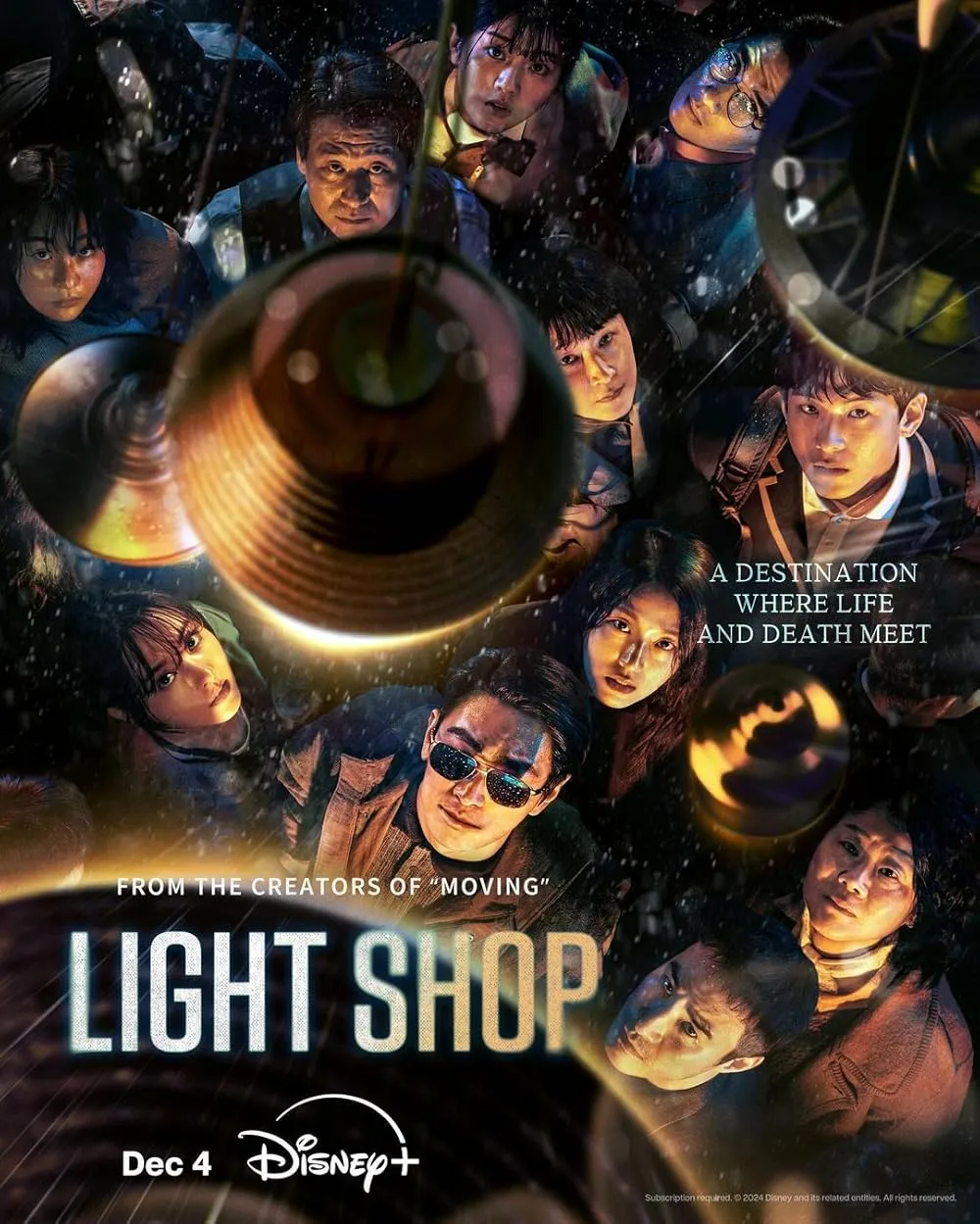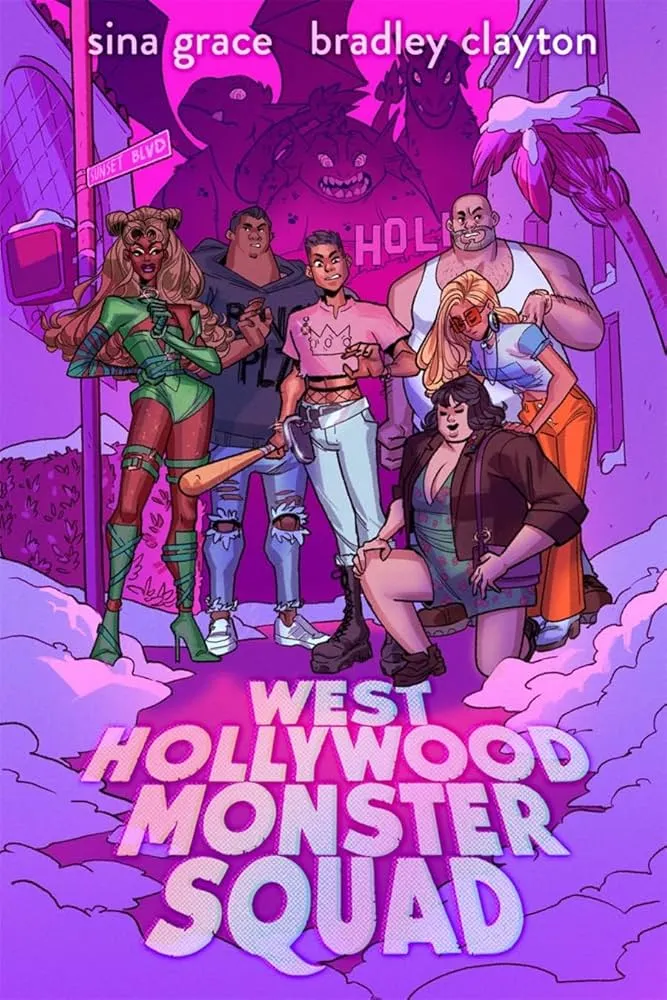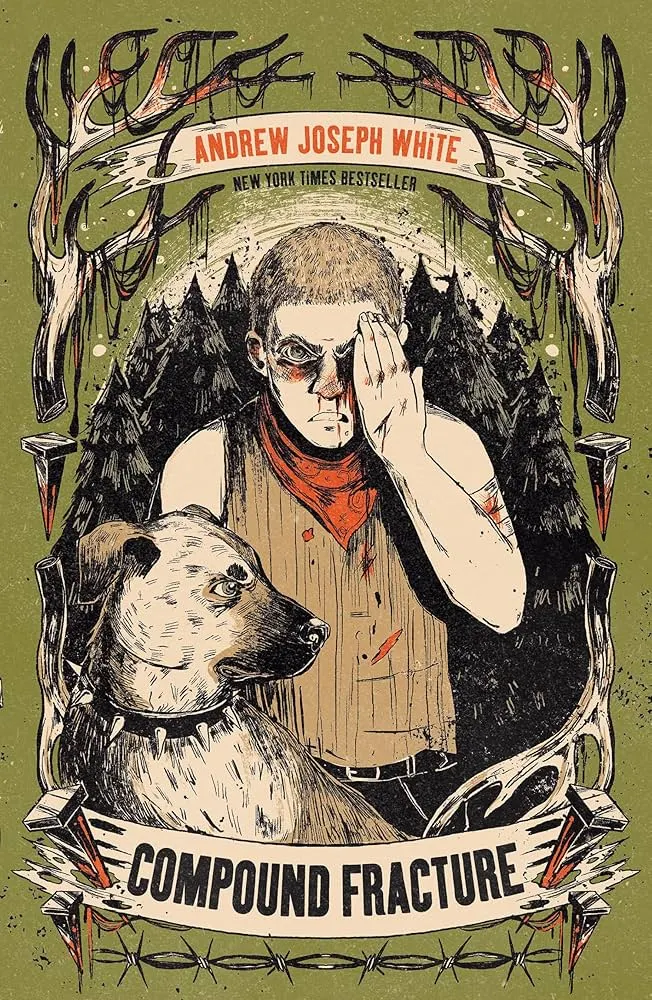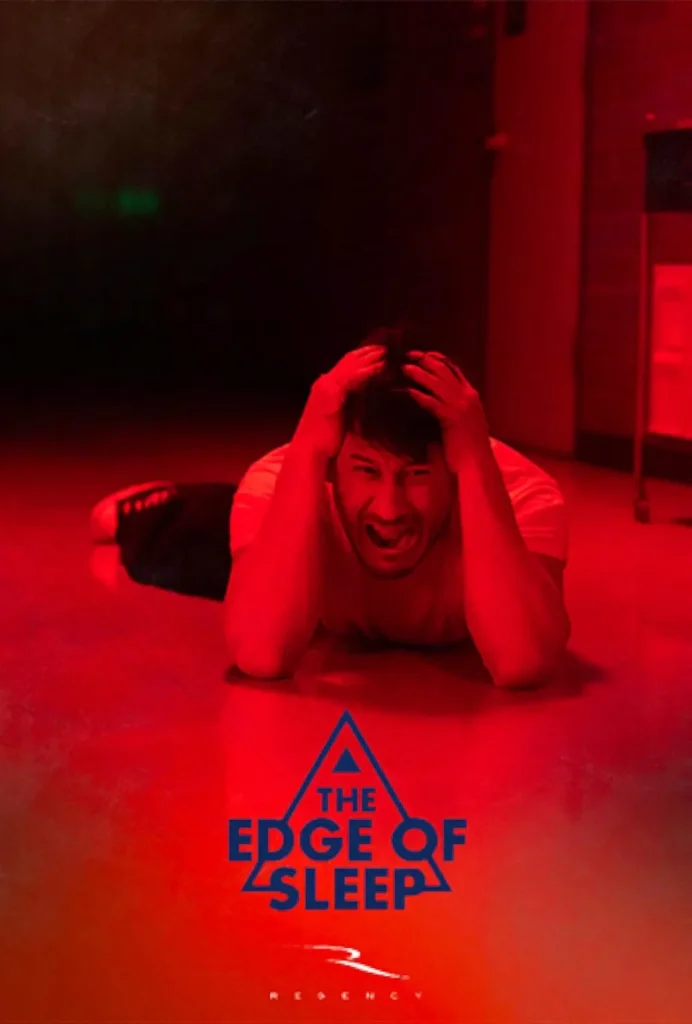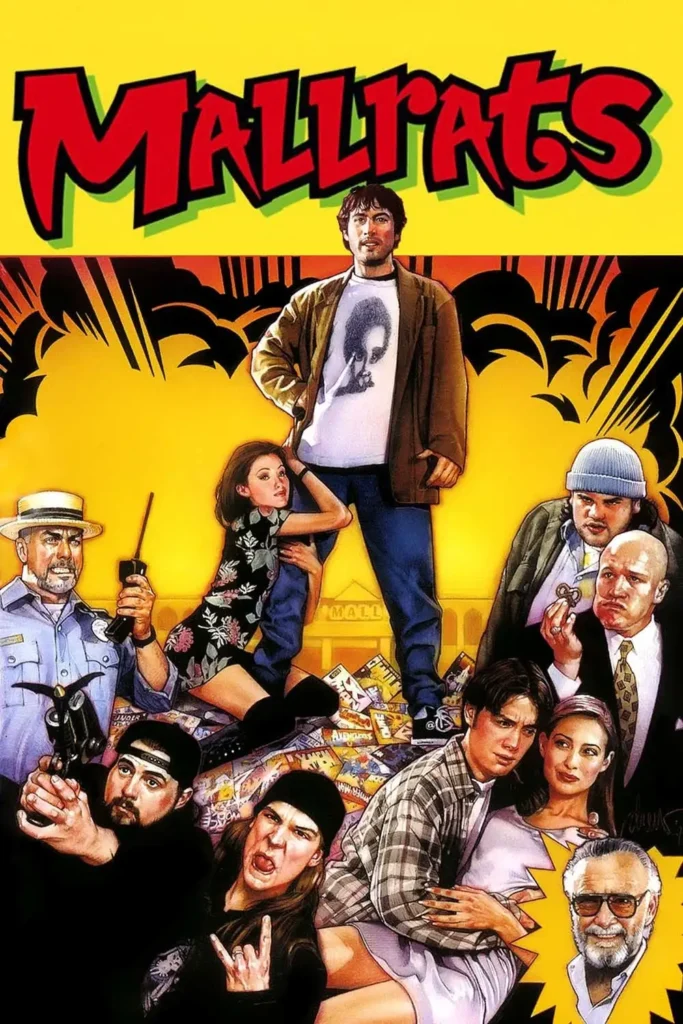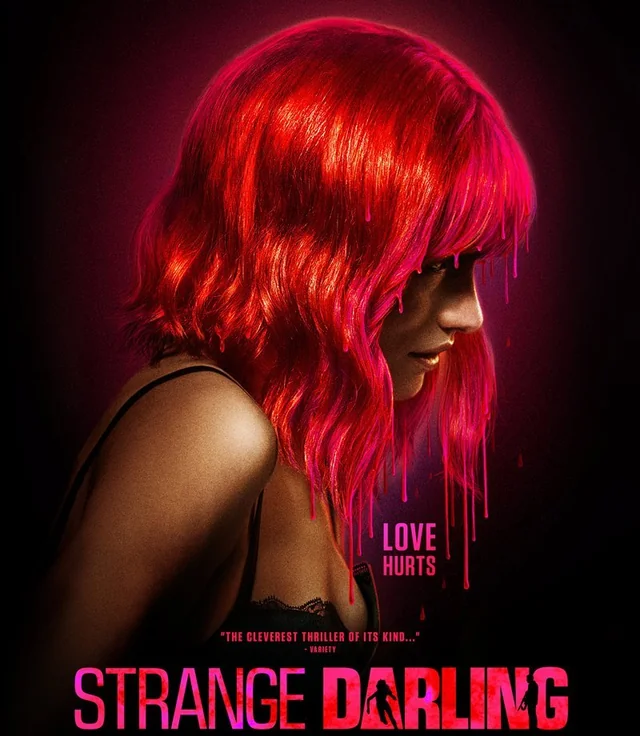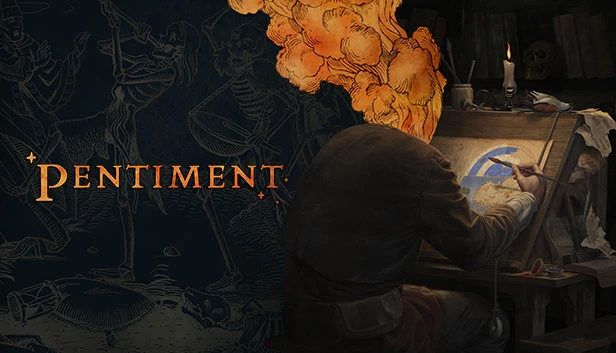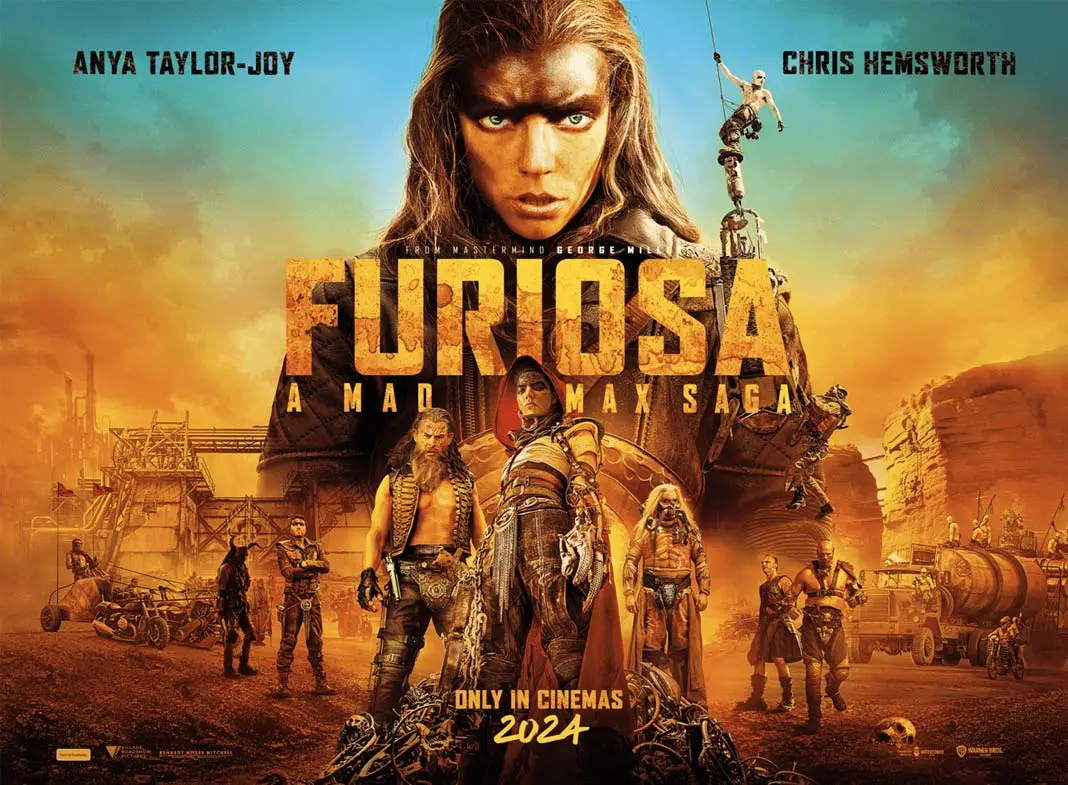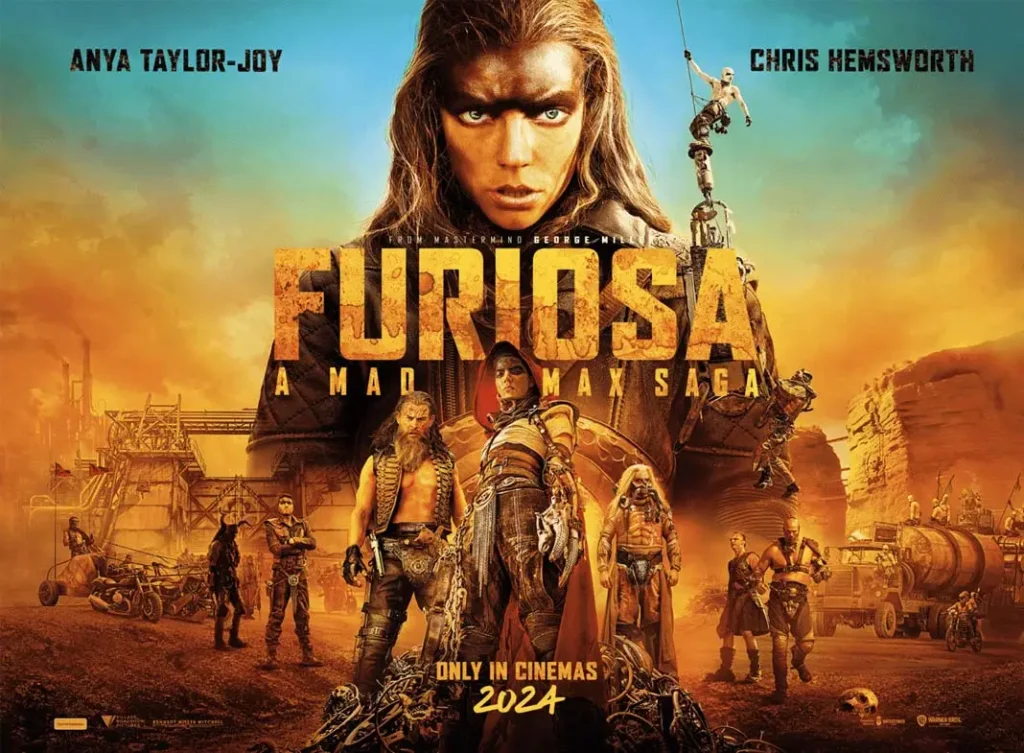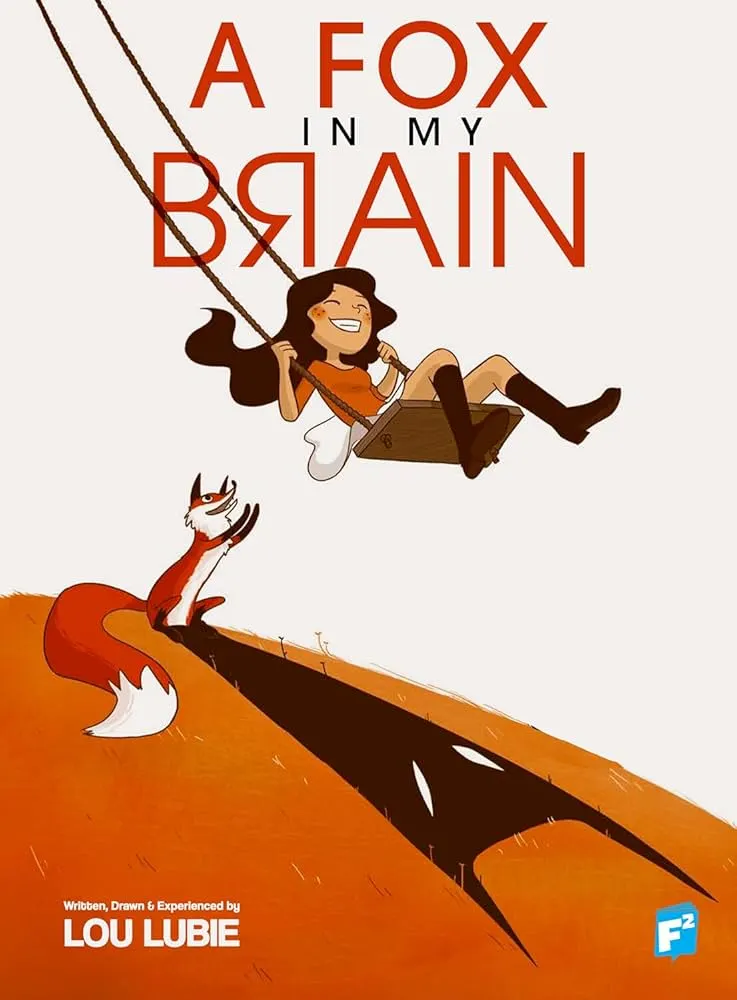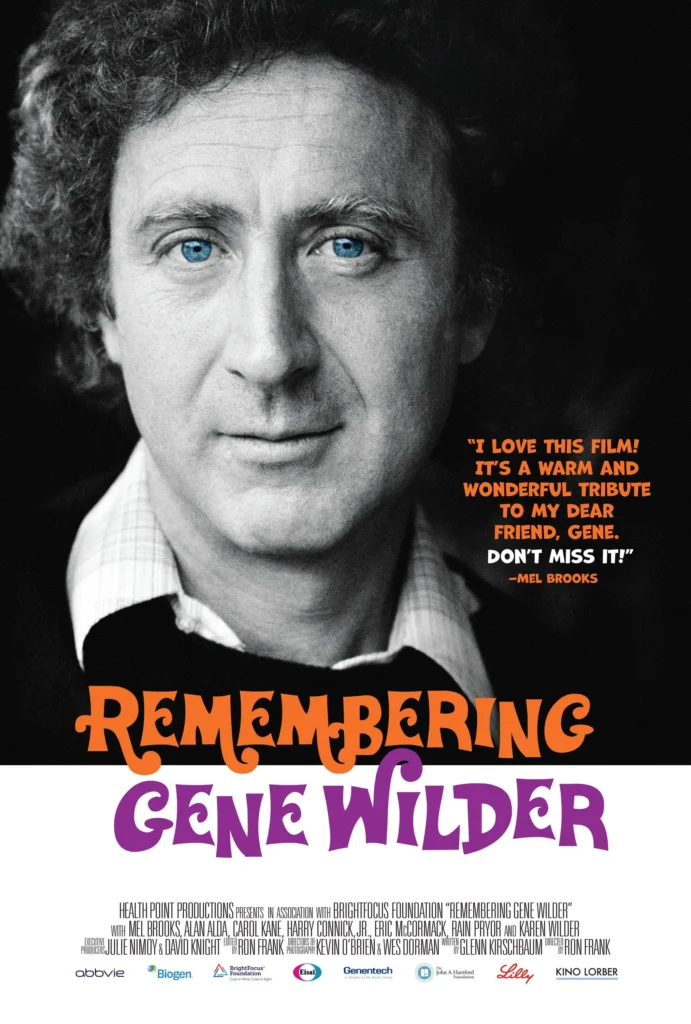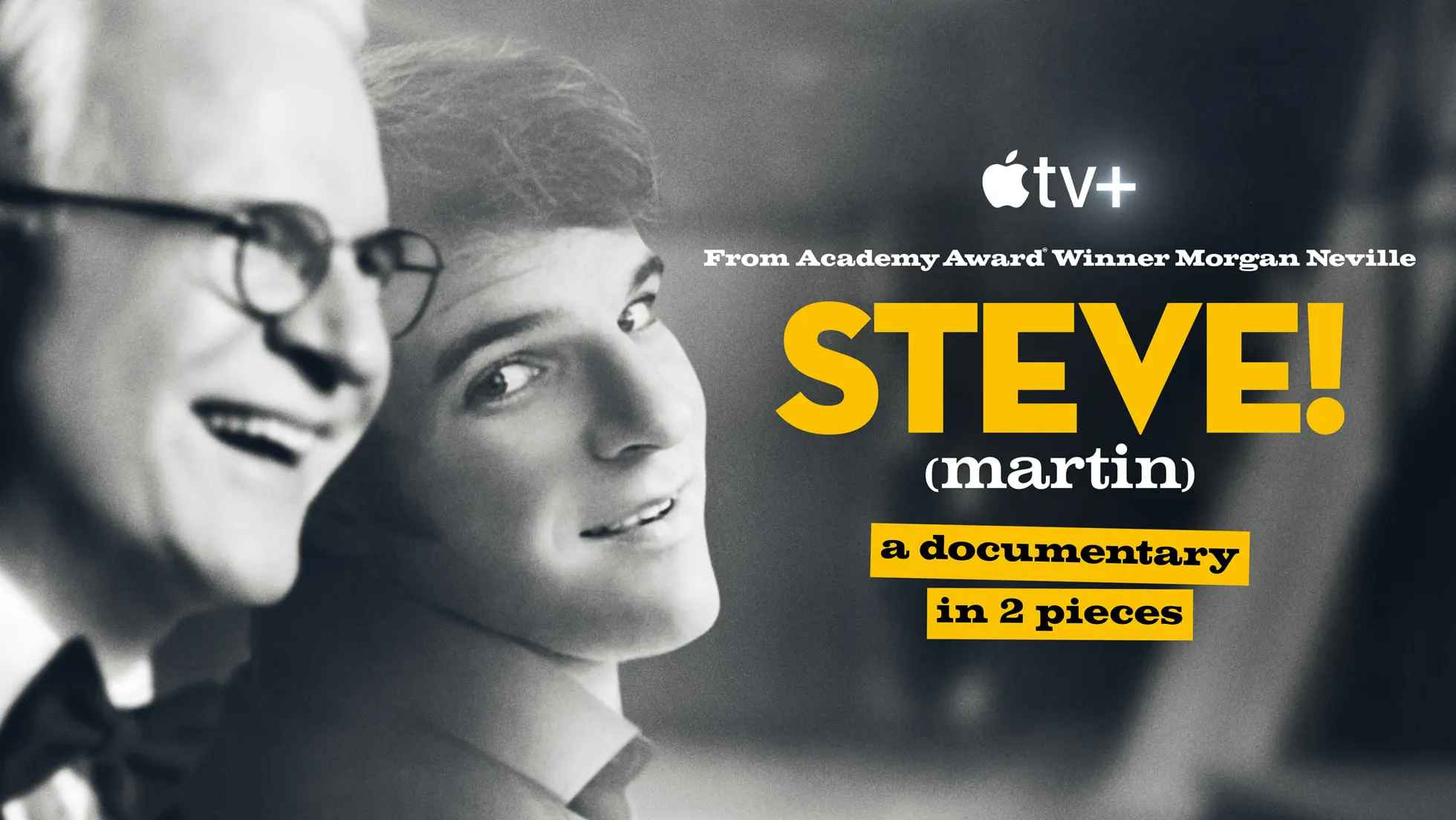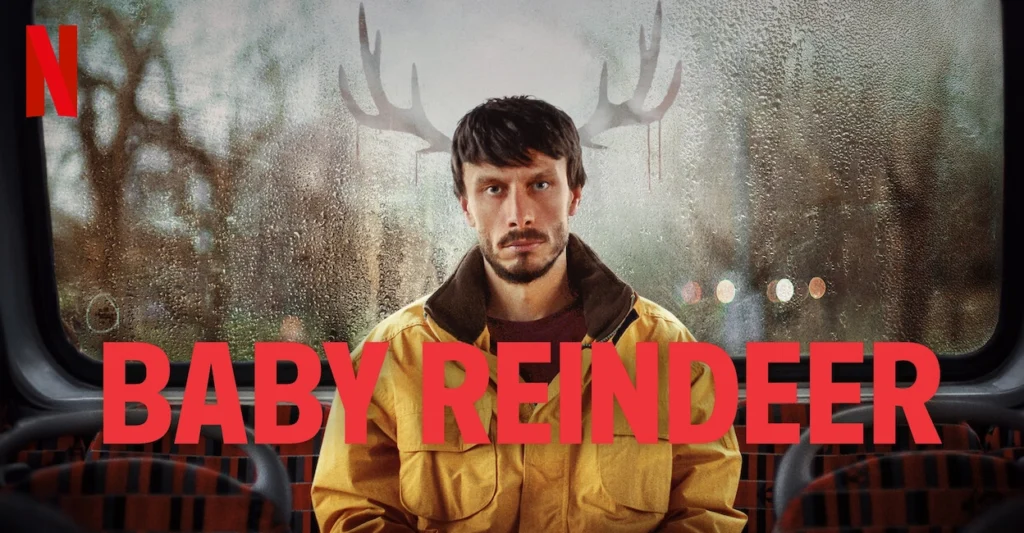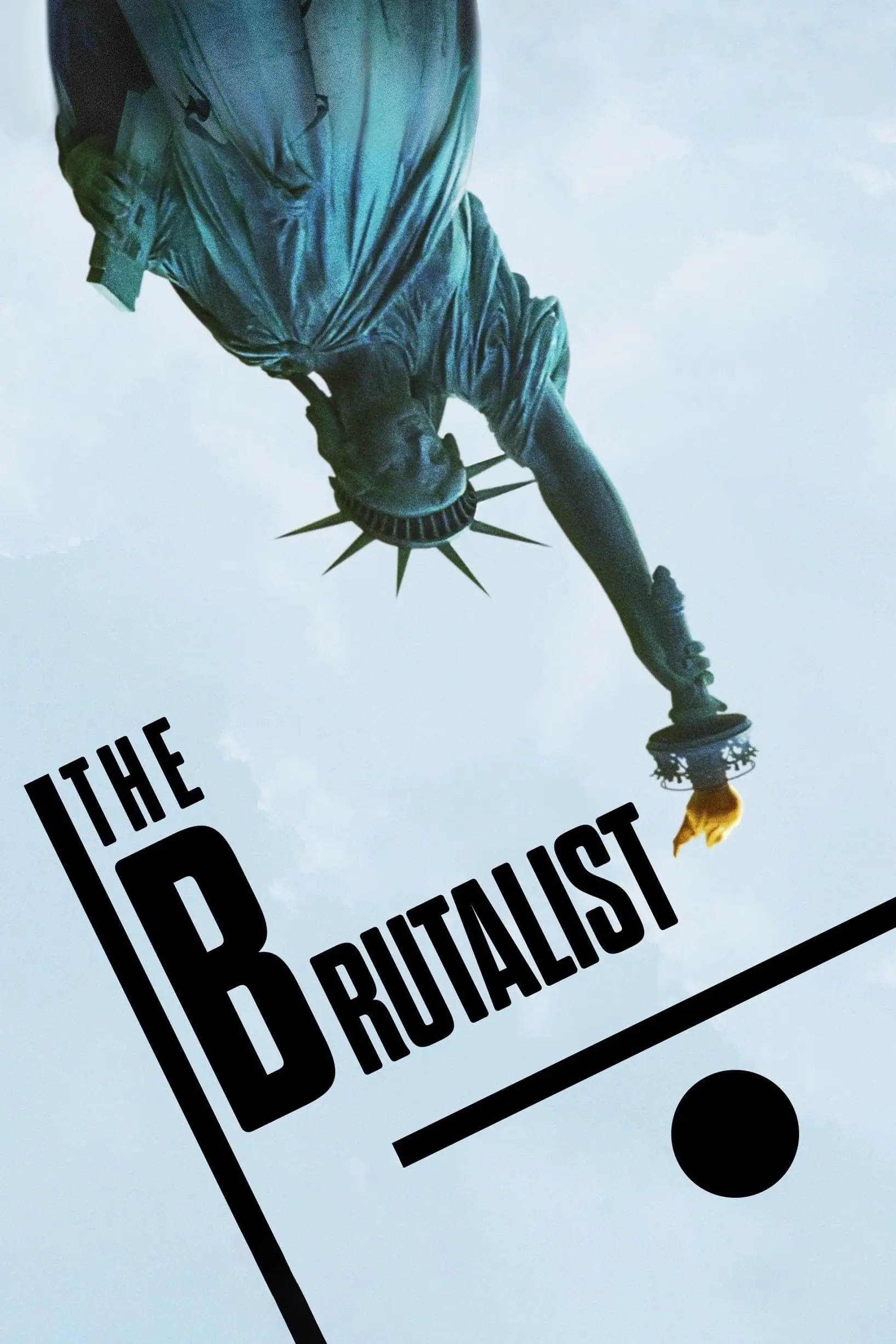
January Staff Picks
Asmaani Kumar
Light Shop
An intriguing genre-bending Korean drama, Light Shop is the latest TV adaptation by Kang Full, the acclaimed webtoon creator and screenwriter behind Moving. Initially starting in the horror genre, Light Shop slowly transforms into a heartbreaking story of a group of people affected by a tragic bus accident. While the premise centers around a light shop, which appears to stand guard between the dead and the living, it’s a deeper story about the relationships between all the characters who cross paths there. It explores grief, regret, loss, love, and the will to live using the metaphor of a lightbulb. And, it doesn’t come off as preachy. What really stood out to me after watching this show was how many emotions we feel can be portrayed through fantasy worlds and can cut deep when done right. It’s a short series, no longer than eight episodes, but it will leave you thinking about the strange and surreal ways stories about people and their relationships can be crafted.
Kaitlin Lounsberry
The Brutalist
Don’t let the run time sway you, Brady Corbet’s The Brutalist is one of the best movies released from 2024. “Best” is a strong statement, I understand, but I watch a LOT of movies, especially new releases. So, I feel it gives me some degree of authority to make such a sweeping statement given how many days of the year I spend in a dark movie theater.
Shot on VistaVision, a near defunct way of shooting movies that was notably used to film classics like Vertigo and To Catch a Thief, the film follows the life of László Toth (Adrien Brody), a visionary architect from Eastern Europe, as he immigrants to the United States following WWII. After he settles, his architecture career takes off in the states after he meets Harrison Lee Van Buren (Guy Pearce). Through sweeping shots and breathtaking examples of filmmaking, we watch the trials and many, many tribulations Toth faces as he attempts to bring his talents to life. The Brutalist is a tale of the immigrant experience, a tale of heartbreak, a tale of love despite the odds, and a tale of artistry and the madness and sacrifices that often come along with it.
Dominic Loise
West Hollywood Monster Squad
Marvin, the main character in West Hollywood Monster Squad, is a young adult who’s found himself and his people but not his community. As such, Marvin is clingy to his small clique from high school. He circles the wagons on his small circle of friends during a night out and feels threatened they’ve gone to college and met new people. Marvin’s “green-eyed monster” creates just as much drama as the monster apocalypse they’re trying to survive during a night.
As the diverse group of characters venture out of the drag club, Marvin faces how much he is stuck in the past emotionally. As his personal issues threaten the survival of the group, he is given the reading he needs by his favorite drag queen and learns he has to move forward, emotionally and physically. Marvin finally sees the difference between putting in the time and being ready when the opportunity comes allowing him and the others to save the West Hollywood community.
Sina Grace brings an honest and emotional voice to each of the different characters in West Hollywood Monster Squad, and Bradley Clayton’s inviting art style helps insure the character’s stories are not lost amongst the monsters. The two have created a work for readers whose horror tastes may be more Dragula than American Horror Story with monsters being that of after-school television animation and humor.
